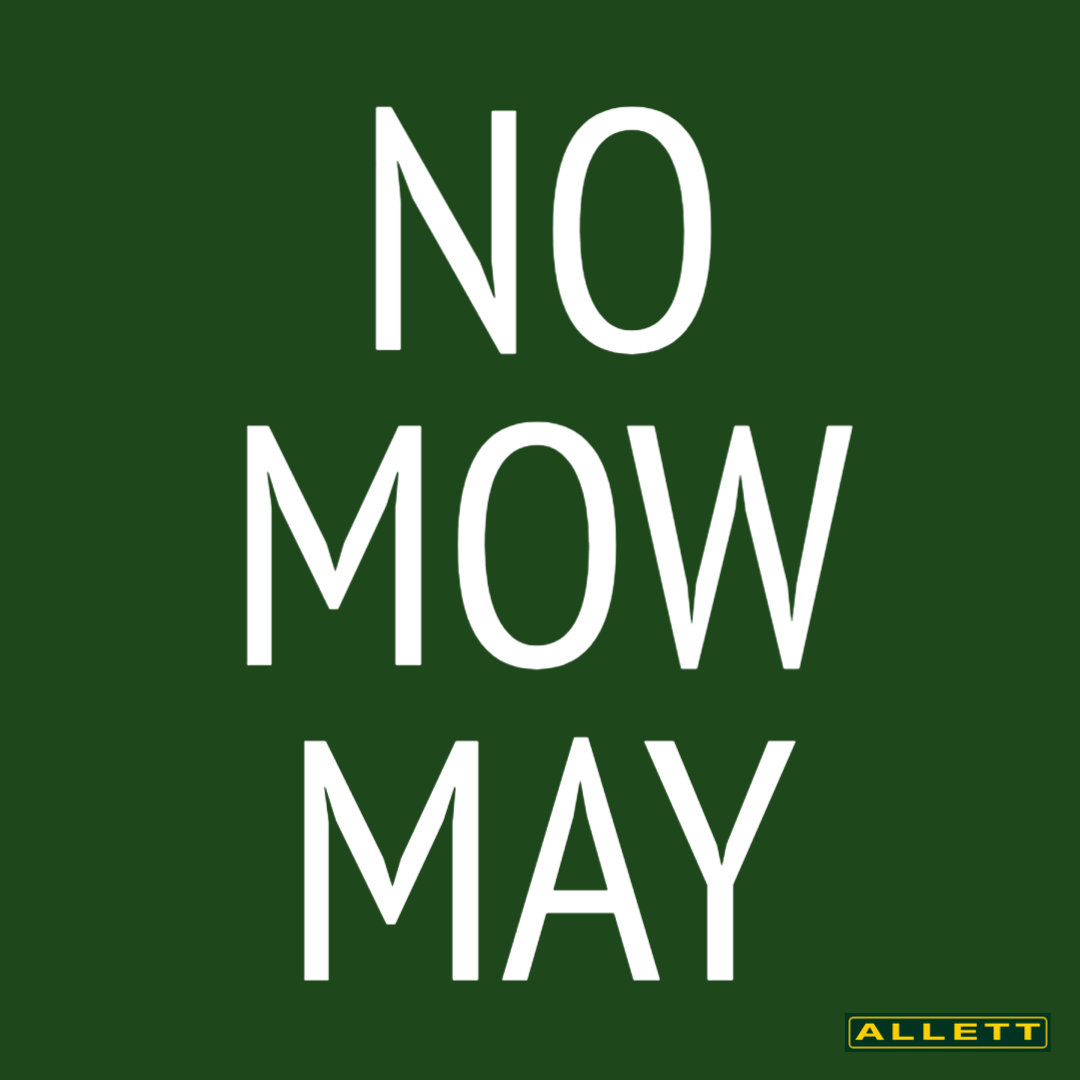"No Mow May" is an initiative that encourages people to refrain from mowing their lawns during the month of May to promote biodiversity and provide habitat for pollinators. While it is well-intentioned there are a few reasons why we at Allett consider it a bad idea:
-
Aesthetics: For homeowners who value neat and well-maintained lawns, allowing the grass to grow wild for an entire month may result in an unkempt appearance. This can be particularly concerning for those who take pride in the visual appeal of their property.
-
Weed growth: Allowing the grass to grow unchecked for an extended period can lead to increased weed growth. Weeds can compete with the grass for nutrients, sunlight, and water and may eventually dominate the lawn resulting in an undesirable and messy-looking lawn.
-
Tick and pest habitat: Taller grass and vegetation can provide an ideal habitat for ticks and other pests. This can increase the risk of exposure to tick-borne diseases such as Lyme disease. Keeping the grass mowed regularly can help reduce tick populations and lower the risk of infestation.
-
Fire hazards: In regions prone to wildfires, allowing the grass to grow too tall and dry during the dry season, like May, can create a fire hazard. Regular mowing helps keep the grass shorter and less susceptible to catching fire.
- By not mowing you are allowing wildlife to settle in your lawn and come June you will be obliterating it's new found home.
While "No Mow May" may have some downsides there are alternative approaches that can still support biodiversity and pollinators while addressing the concerns mentioned:
-
Mow strategically: If you are a rotary mower user instead of completely avoiding mowing for the entire month consider mowing at a higher height which allows grass to develop stronger root systems and promotes healthier growth. This approach provides some benefits for pollinators while still maintaining a neat appearance.
-
Create pollinator-friendly areas: Designate specific areas in your garden for pollinator-friendly plants such as wildflowers and native species. These areas can provide ample food and habitat for pollinators while minimising the impact on the overall landscape.
-
Use native plants: Incorporate native plants into your landscaping. Native species are adapted to the local environment, require less maintenance, and provide better habitat for local wildlife, including pollinators.
-
Manage you lawn and garden sustainably: Implement sustainable practices such as proper watering, avoiding the use of harmful pesticides, and using organic fertilisers. These practices can support a healthier ecosystem while still maintaining a visually appealing landscape.

